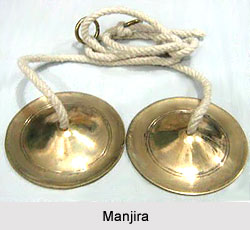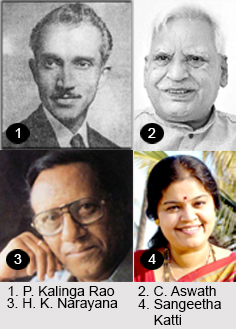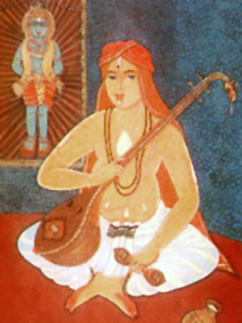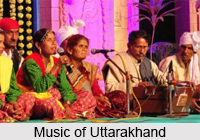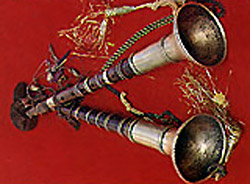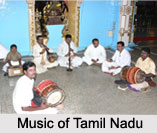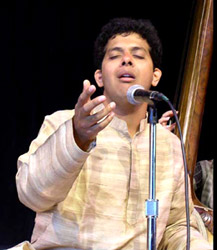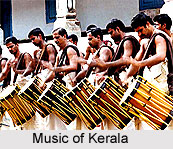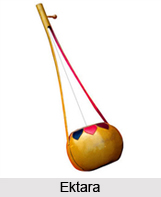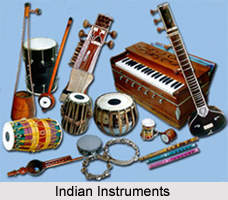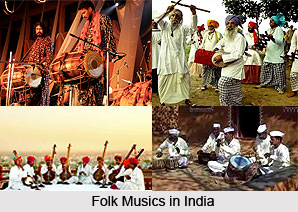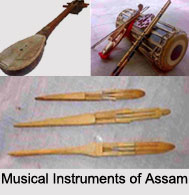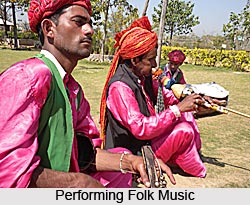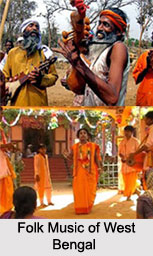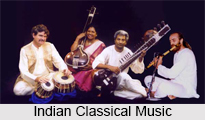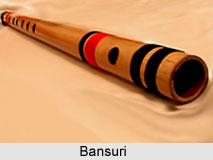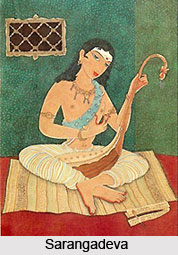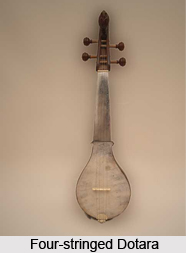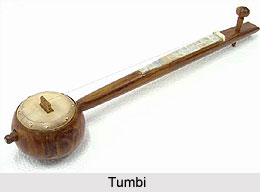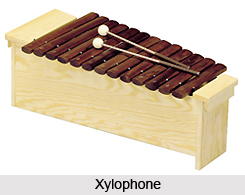Alapa is the opening section of a typical North Indian classical music which introduces and develops a raga. In dhrupad genre, the alapa is improvised (within the raga) and unaccompanied (except for the tanpura drone), and started at a slow pace. Basically, the alapa in the dhrupad is considered as the soul of the genre. It has often been portrayed as a "journey into pure sound." Alapa is an account of the genre`s substantial dependence on the individual svara, rather than a phrase. Dhrupad alapa reflects an inclination for single intervallic transitions, and relationships between two svaras. In contrast, post-dhrupad genres support greater melodic liveliness, and rely more on phrasing that involves two or more intervallic transitions. It is a relationship between three or more svaras at a time. As an approach to musical expression, the practice of this science is associated with each intonation being backed by the controlled power of exhalation, resulting in a sense of introspection and serenity.
Dhrupad thus rejects the more nimble and ornate melodic expressions typical of the vocal genres that succeeded it. An important manifestation of this distinction is its elephantine gait. The pedagogy of dhrupad contains a large inventory of melodic expressions. However, there are four basic techniques that are mentioned here:
For convenience of comprehension, these expressions may be classified into including [a] melodic continuity, and [b] melodic discontinuity. The melodic continuity expressions consist of the minda, suta, and gamaka, while the discontinuous expression is limited primarily to the khataka.
Minda: Minda is a continuous intervallic transition from one svara to another. The melodic contour of this expression can be concave or convex; but never angular. Generally, the word minda is employed for a short-to-medium span intervallic transition.
Suta: Suta is a broad-span continuous intervallic transition that is free from any concavity or convexity. The suta generally navigates tonal distances more briskly than a minda does. This vocal expression has evolved from the ghasita.
Gamaka: Gamaka creates a vivacious effect by repeatedly attacking a svara from a lower svara. The melodic contour of a gamaka is concave. The gamaka is generally used for distances of up to two, and occasionally three svaras. The gamaka is ideally suited for medium-to-high density melodic execution.
